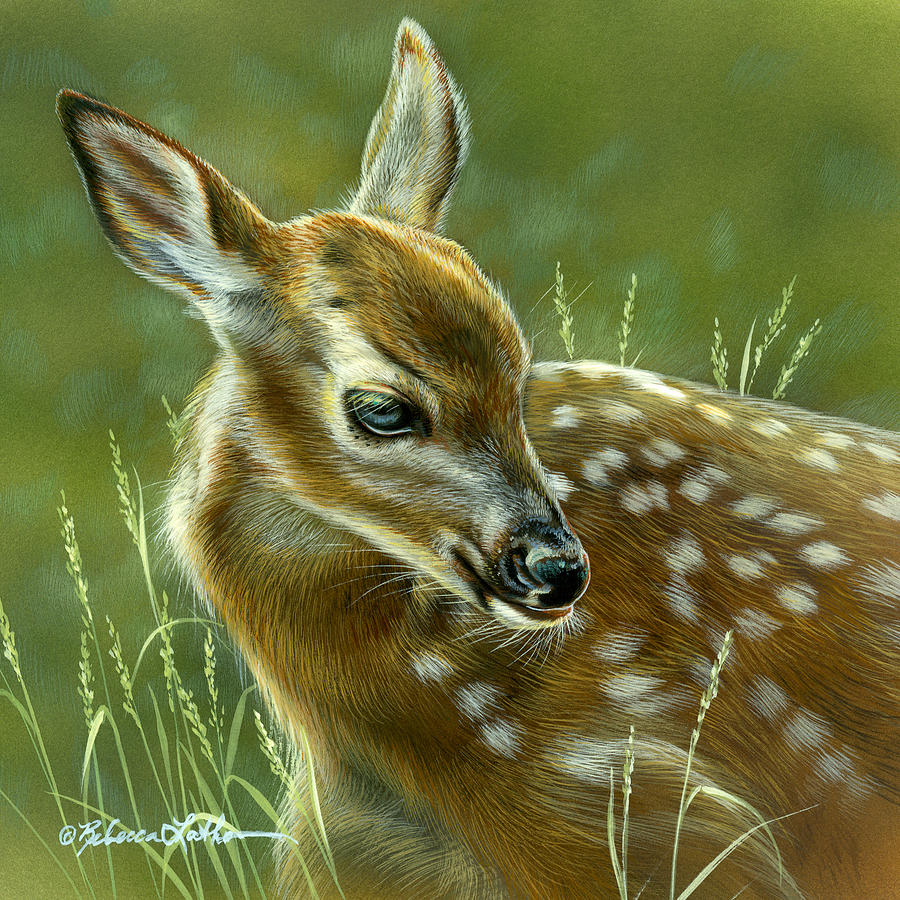A moment in nature is never the same twice. The way light filters through the canopy, the subtle shift of a river’s current, the quiet breath of an animal standing at the edge of the trees—these are fleeting, delicate occurrences, never to be perfectly repeated. Yet, through art, they can be held still for just long enough to remind us: nothing in nature is permanent.
A painting, unlike the living world it depicts, does not change. It remains, long after the seasons have altered the landscape, long after the creature it portrays has moved on, long after the quiet echoes of the wilderness have shifted into something new. But within the details—the soft edges of fading light, the delicate posture of a bird about to take flight—there is an unspoken awareness that what has been captured will never exist in exactly the same way again.
There is a hush that realism in art can bring—a moment frozen, yet teeming with life. A snowfall untouched by footprints, a deer caught in a fleeting glance before it disappears into the brush, the fragile balance of a wetland in the morning mist. These images whisper of nature’s transience, of its constant motion toward something else. To see them as they are—to appreciate the details with full attention—is to acknowledge that the wild exists in a state of quiet impermanence.
This is what a painting can do. It can hold the ephemeral still enough for us to truly see it, to reflect on what it means to preserve these moments before they fade, before change overtakes them, before they become memory. It is a gentle reminder that what is precious is never guaranteed, and that the landscapes, creatures, and fragile ecosystems we admire today must not be taken for granted.
To capture nature is not to possess it, but to honor it—before it changes, before it disappears, before it becomes something else entirely. And if that quiet reminder inspires even the smallest act of protection, then the painting has fulfilled its purpose.
